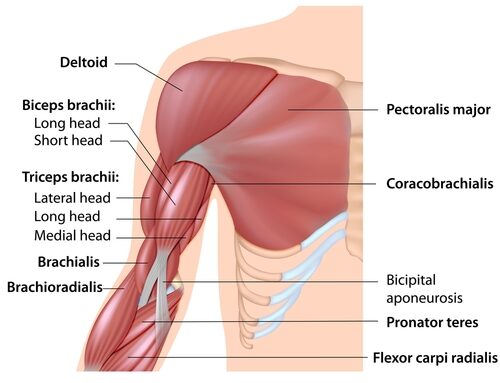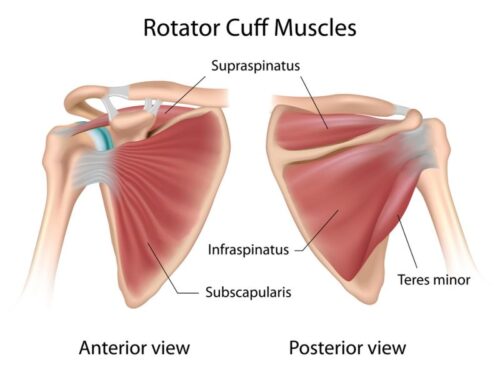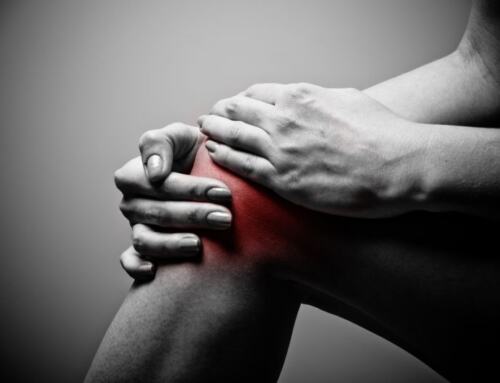Is It The Piriformis or Sciatica?
Have you been dealing with a nagging pain in your buttock that just doesn’t want to go away? You’ve tried everything. Ice, heat, massaging the area, but nothing is working! This annoyance of pain around the backside of your hip may be due to a condition known as ‘piriformis syndrome’, which is somewhat of a conundrum in the healthcare field. This condition can be a real pain in the butt, (pun intended). In this article, we will discuss piriformis syndrome, and what you can do to help relieve your pain that could be stemming from this ‘condition’.
What Is The Piriformis?
Put simply, the piriformis is one of your hip muscles that plays a key role in rotation, flexion, and abduction (moving away from midline) of the hip . It also provides postural stability when standing and walking.
The muscular origin (where the muscle begins in the body) is at the anterior sacrum (front of the tailbone), and runs in a diagonal direction to the outside of your femur (hip bone). You can find this muscle by placing your hand at your tailbone below your low back, then moving your hand slightly to one side of your butt in a downward, diagonal direction.
Piriformis Muscle Anatomy
A large nerve you may have heard of known as the sciatic nerve passes underneath this muscle, and can be a culprit of pain in individuals who have piriformis syndrome. In addition, there are anatomical variations that may exist from one individual to another. For example, not everyone has the same torso or lower leg length, we all have a different anatomical make-up! In regards to the sciatic nerve and its relationship to the piriformis muscle as it travels down the back of the leg, it may not take this same path in every individual that is shown in the picture above. Whether these anatomical variations actually matters will be discussed later on.
A Change In Nomenclature: Deep Gluteal Syndrome
This condition was first described in 1928 and the term was first introduced in 1947. You would think that because this term has been around for a long period of time, the causes behind it would be well understood; however, that is not the case. Within research and healthcare, there continues to be many questions in regards to this clinical diagnosis. The current definition of piriformis syndrome is a condition that is characterized by a combination of symptoms including pain in the butt. Moreover, this syndrome causes compression of the sciatic nerve, due to excessive contraction of the piriformis muscle. Pathologies of the piriformis that may cause this sciatic pain includes:
- Piriformis muscle spasm
- Damage to the piriformis from an acute injury or trauma
- Anatomical variations of the piriformis muscle, including insidious hypertrophy (muscle growth)
- Variations in the course of the sciatic nerve in relation to the piriformis muscle
- Weakness of the surrounding hip musculature, placing more eccentric load (muscle lengthening against gravity) on the piriformis.
- Moreover, there has been a shift in recent literature regarding the nomenclature of this diagnosis, as you may also hear the term ‘deep gluteal syndrome’.What differentiates this recent shift towards deep gluteal syndrome as a more objective term versus piriformis syndrome, is that there are more structures within the hip that can cause entrapment of the sciatic nerve. This includes the fibrous bands of blood vessels, gluteal muscles, hamstring muscles, the deep hip external and internal rotators, and other space occupying lesions. With these differences in mind regarding terminology, the generalized treatment approach remains the same in regards to improving one’s symptoms with buttock pain.
How Do I Know If I Have It? A Diagnosis By Exclusion
Because this umbrella of a term does not always have a ‘clear-cut’ cause, the diagnosis of it is usually by exclusion, meaning all other possibilities of pain around the back side of the hip into the legs is ruled out. Other pathologies that can cause pain in the back side of the hip area into the leg include:
- Sacroiliac joint pain (SI joint)
- Lumbar spine (low back) radiculopathy
- Spinal stenosis (narrowing of the spinal foramina)
- Pain from the hip joint
- Pain referral from the facets (joints) of the lumbar spine







